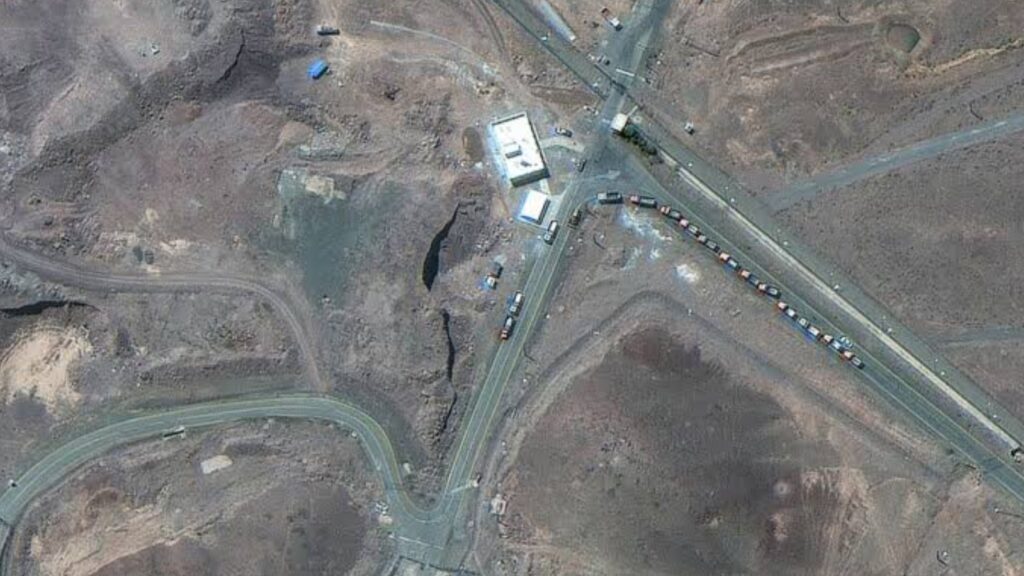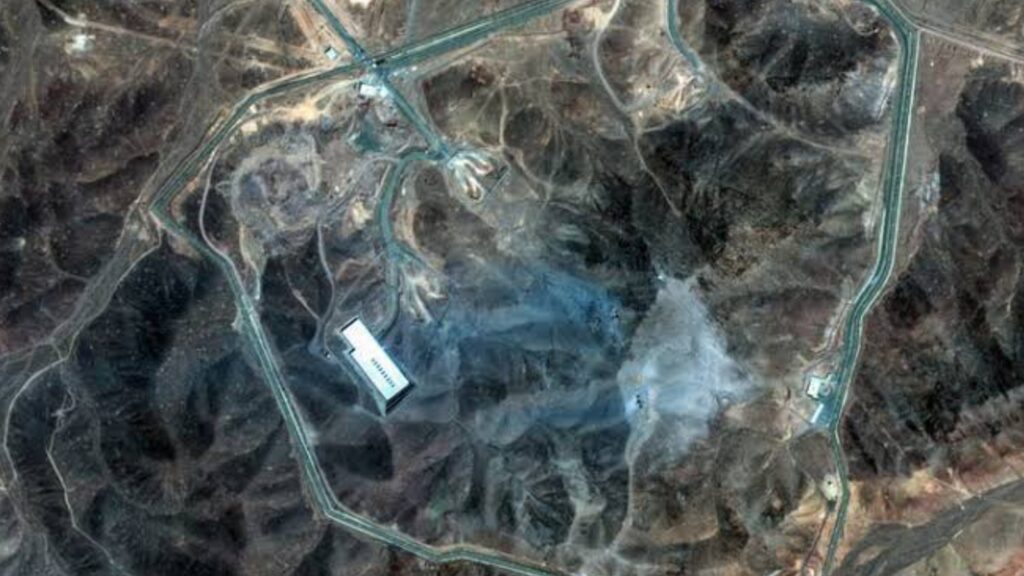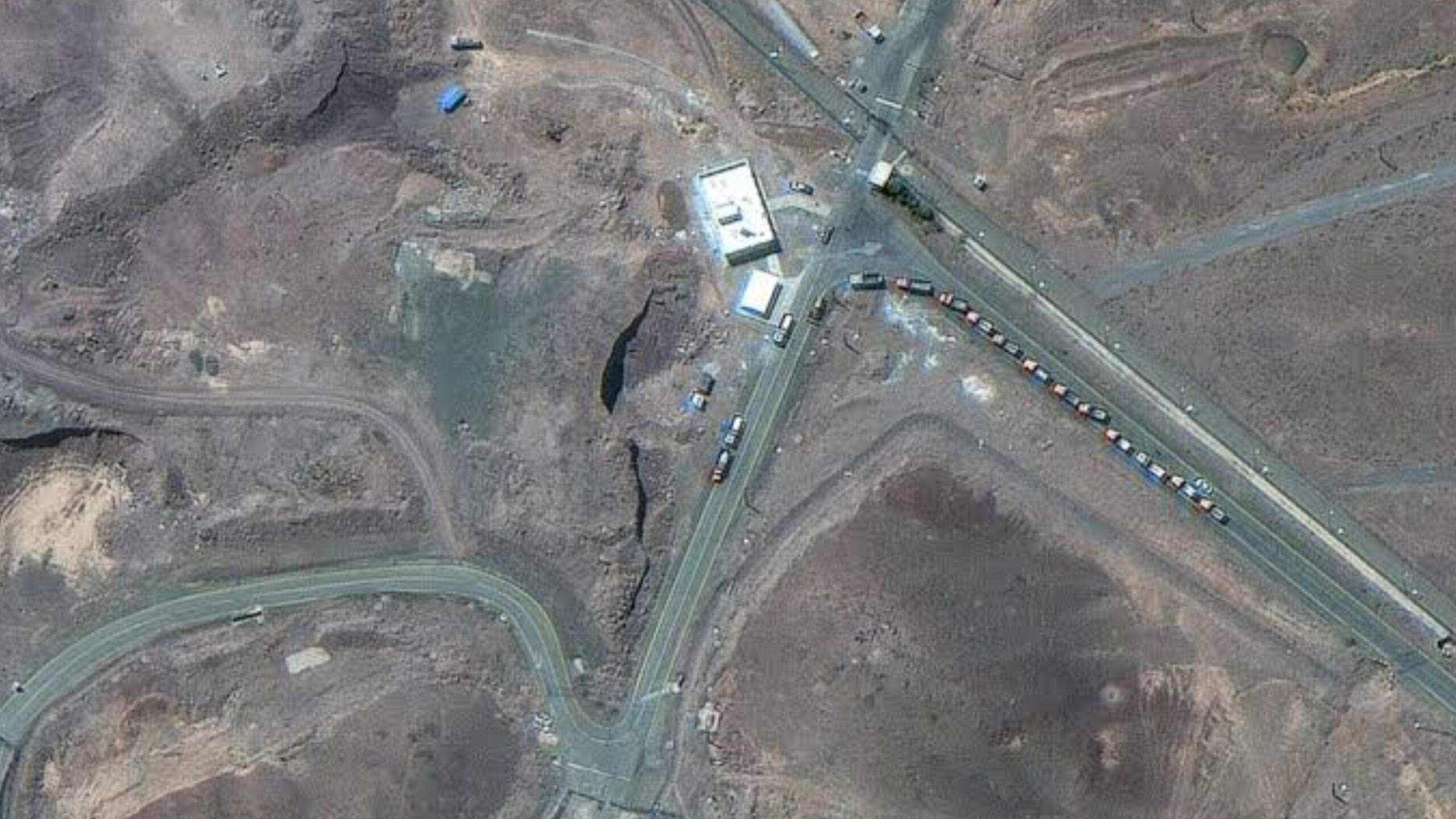Amid rising tensions in the Middle East, satellite images reveal US strikes in Iran, contradicting earlier political claims that the target was “completely obliterated.” The newly released high-resolution images from independent intelligence groups show limited structural damage to some of the Iranian facilities that were reportedly hit in last week’s US airstrikes. This visual evidence now challenges the narrative pushed by former President Donald Trump, who publicly claimed a total destruction of key sites.
Table of Contents
Satellite Images Reveal US Strikes in Iran But Show Limited Destruction
The statement “obliterated” made by Trump is under fresh scrutiny after satellite images reveal US strikes in Iran with visuals indicating otherwise. Key sites near Isfahan and Shiraz appear to have suffered partial damage rather than total demolition. While there are signs of craters, scorch marks, and destroyed outbuildings, the core infrastructure of suspected missile depots and radar stations remains largely intact.

Experts analyzing the images say that although the strike did occur, it was far more targeted and limited than the earlier political rhetoric suggested. This disconnect between image-based evidence and verbal claims has ignited debates on transparency in military communication.
Satellite Images Reveal US Strikes in Iran: Political Fallout Grows
As satellite images reveal US strikes in Iran, reactions have started pouring in from global analysts, defense strategists, and political commentators. Many believe the discrepancy between the ground reality and the public claims could damage the credibility of US defense narratives, especially in an election year where national security is a hot topic.
Iran, on its part, has used the images to downplay the effectiveness of the US operation. State media outlets have circulated the satellite data to back claims that the damage was minimal, portraying their defense systems as highly effective. The situation has escalated the information war between the two nations, where images and perceptions are proving as powerful as missiles themselves.
Global Community Watching the Aftermath Closely
With satellite images reveal US strikes in Iran dominating global headlines, world powers are urging restraint and fact-based dialogue. The United Nations and NATO members have called for verified reporting on military actions to avoid misinformation or exaggerated threats.

Oil markets also responded sharply after the images surfaced. Brent crude initially spiked on news of the airstrikes but corrected slightly after the visuals suggested that the attacks may not have been as damaging as first feared.
Implications for US Foreign Policy
The fact that satellite images reveal US strikes in Iran but contradict certain public statements could force a reassessment of how the Pentagon and political leaders present operational outcomes. Defense experts say that while it’s common for governments to use strong language post-strike to deter further escalation, doing so without factual backing may backfire in the long run.
Public trust in military communication and strategic messaging could erode if repeated inconsistencies come to light. Moreover, adversaries could exploit such gaps to control the narrative on international platforms.
Intelligence Analysts Call for Transparent Reporting
As satellite images reveal US strikes in Iran, several independent intelligence analysts are calling for greater transparency in how military operations are reported to the public. They argue that in an era where commercial satellites can verify government claims within hours, exaggeration or misinformation can backfire diplomatically. Real-time imagery from neutral sources is now becoming a critical tool for fact-checking wartime claims, shifting how the world perceives military conflicts and political accountability.
Conclusion
In a world where satellites capture events in near real-time, the truth is often visible from space. As satellite images reveal US strikes in Iran, the contrast between what was said and what appears on the ground has sparked serious debate. While the military operation may have achieved its tactical goals, its portrayal in public discourse now faces tough questions.
Do Follow for daily news.
